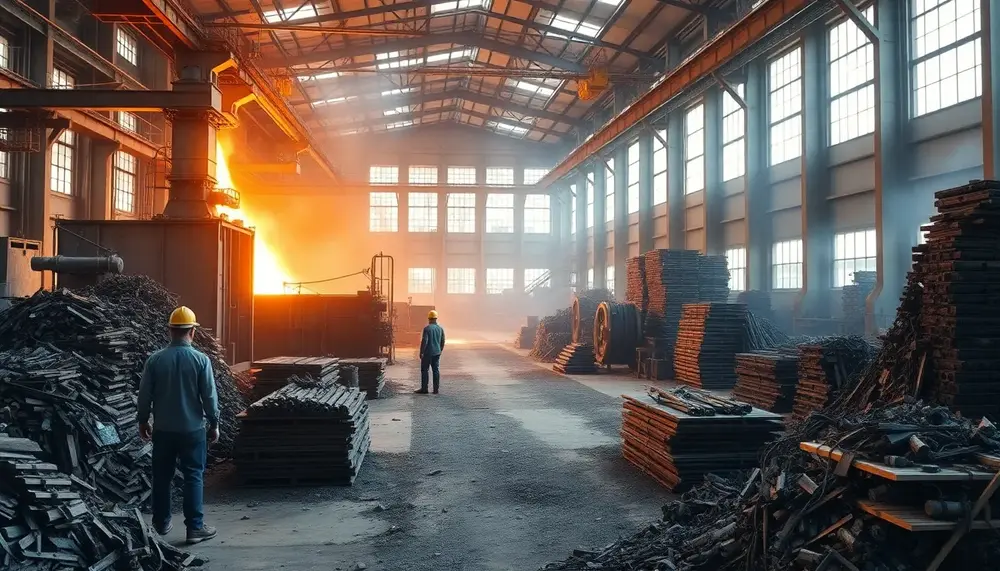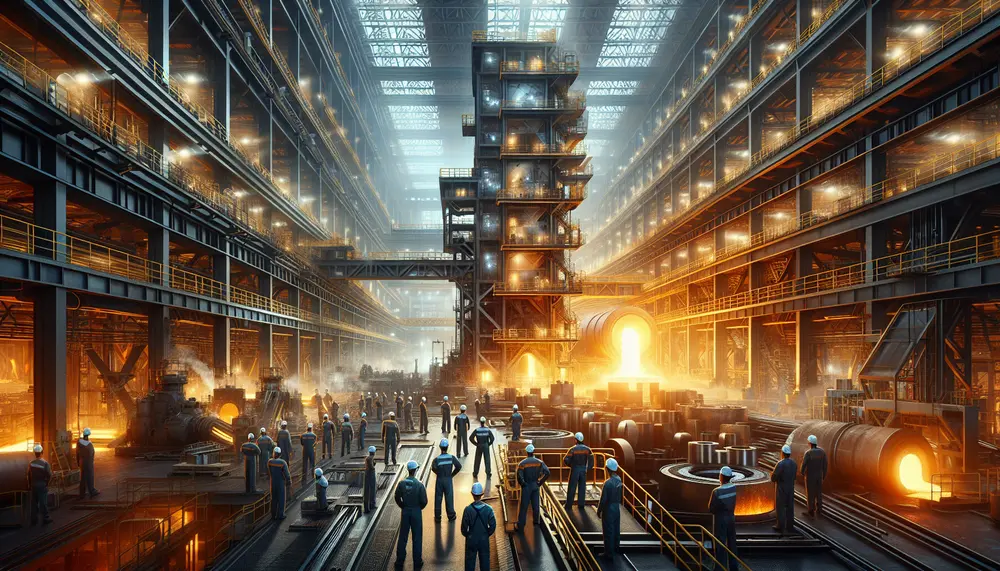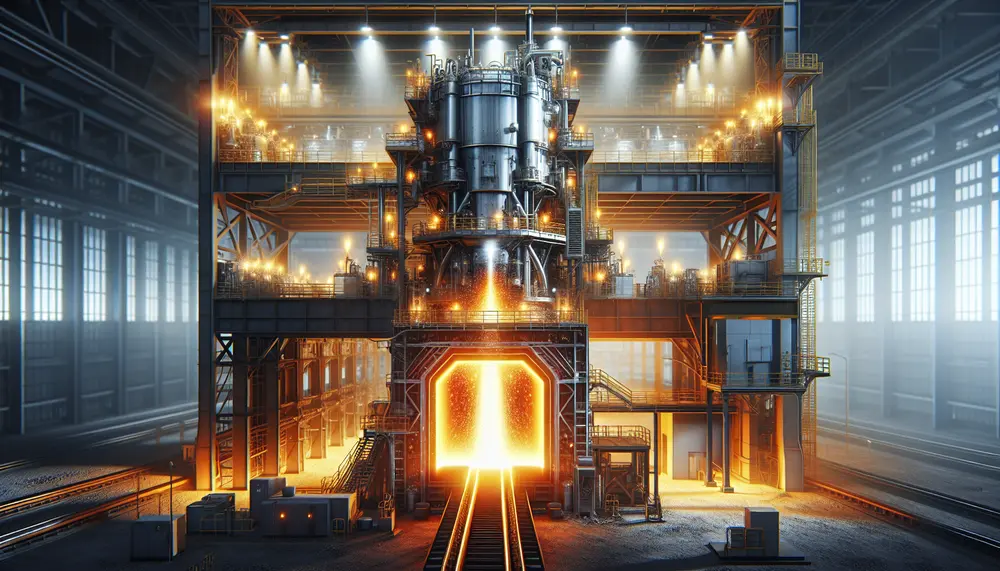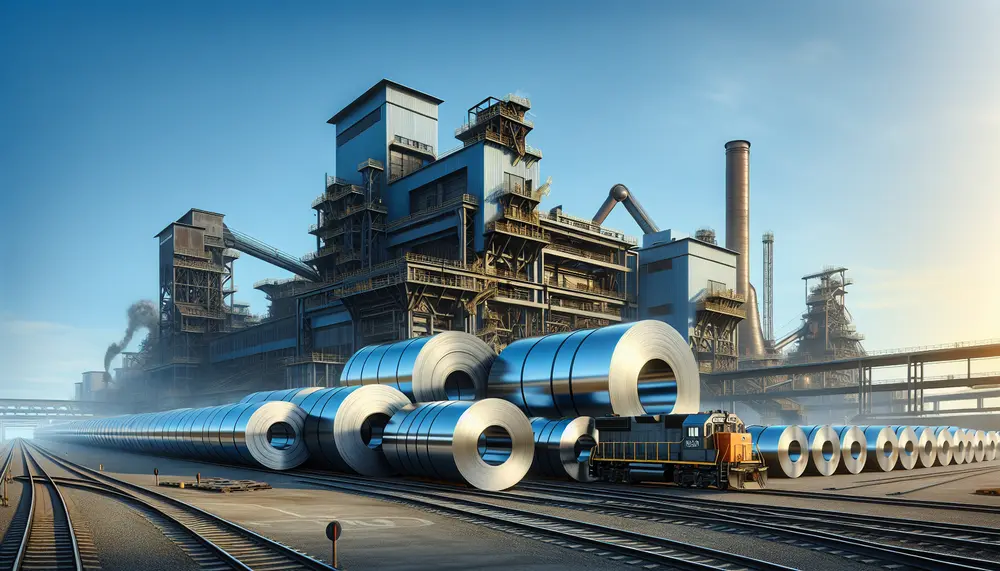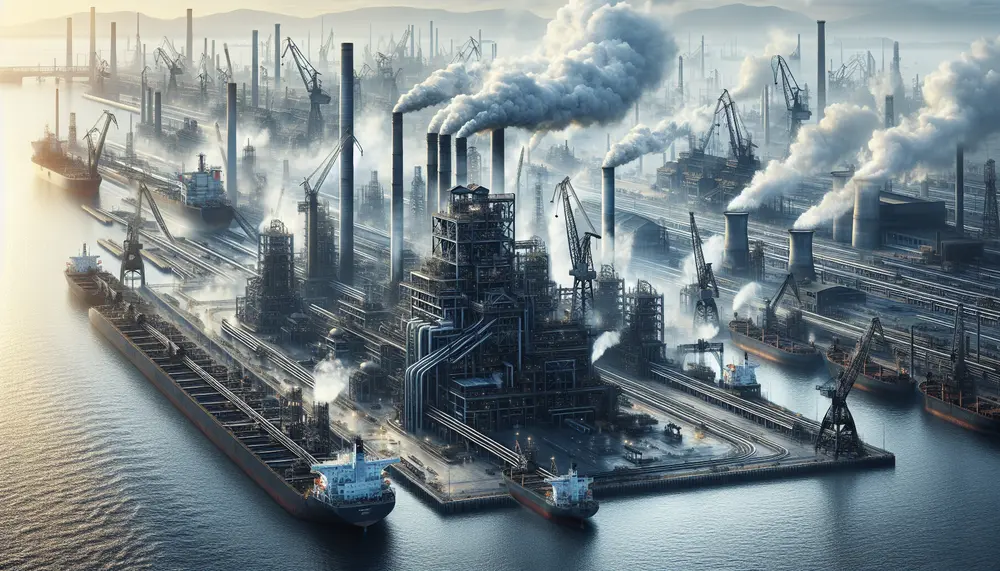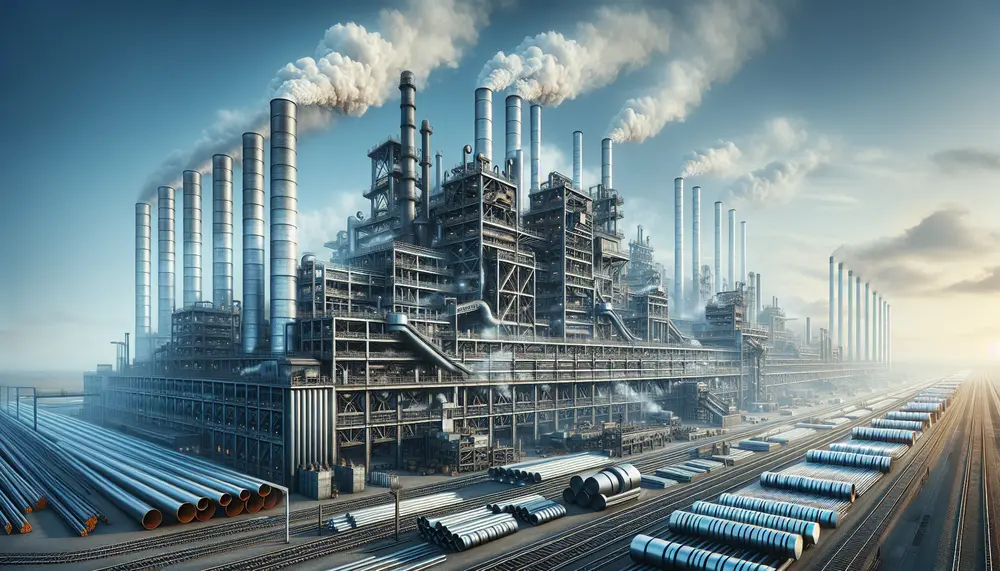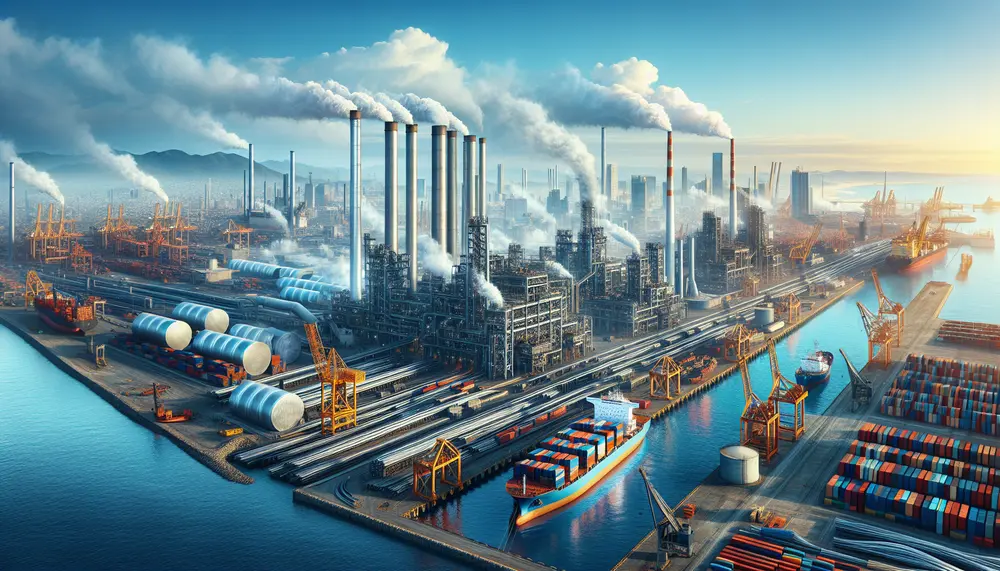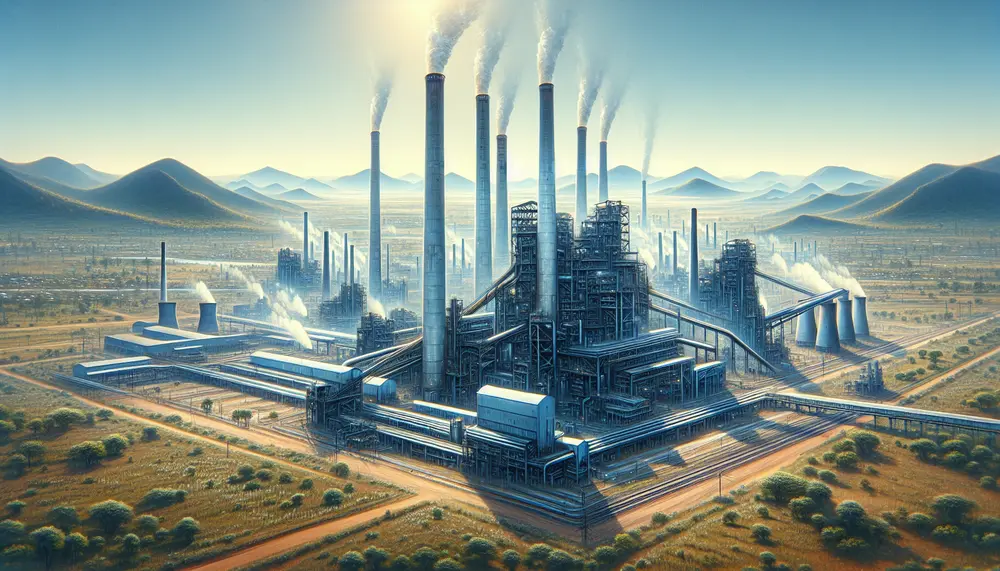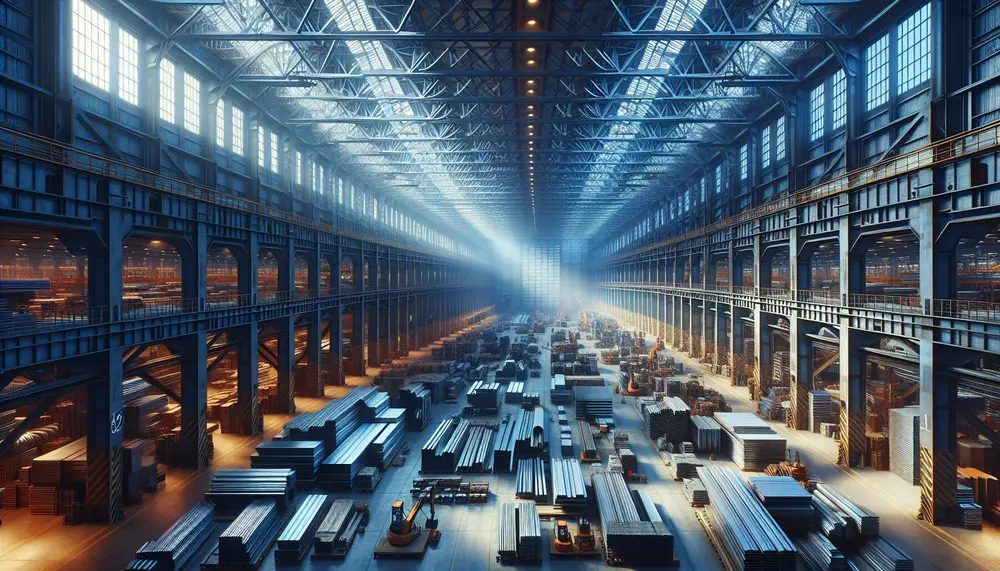Posts on the Topic Resources
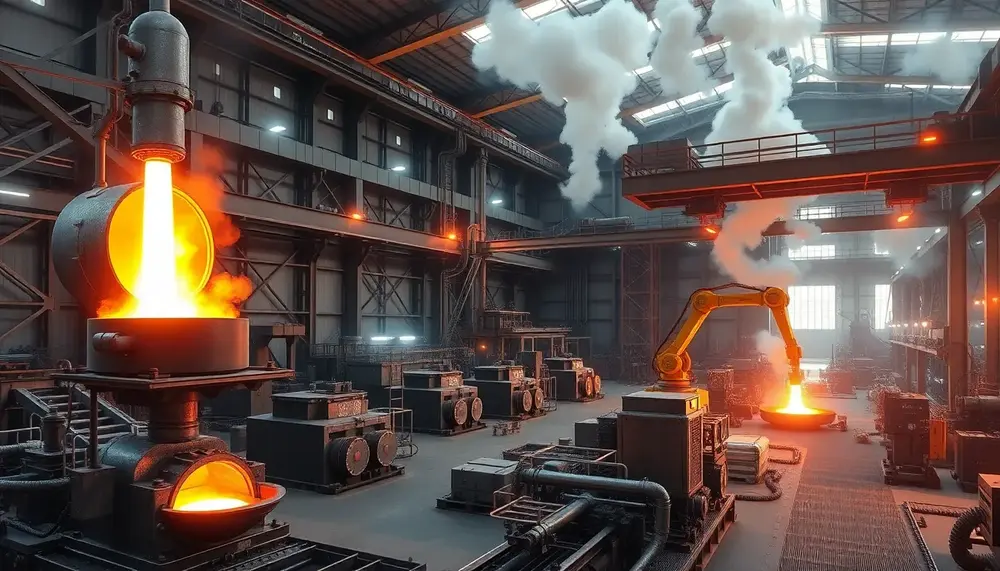
The evolution of steelmaking in America reflects centuries of innovation, from colonial ironworks to modern high-tech factories, driven by technological breakthroughs and economic demands. Key milestones like the Bessemer process and basic oxygen furnaces revolutionized production efficiency, solidifying steel's role...
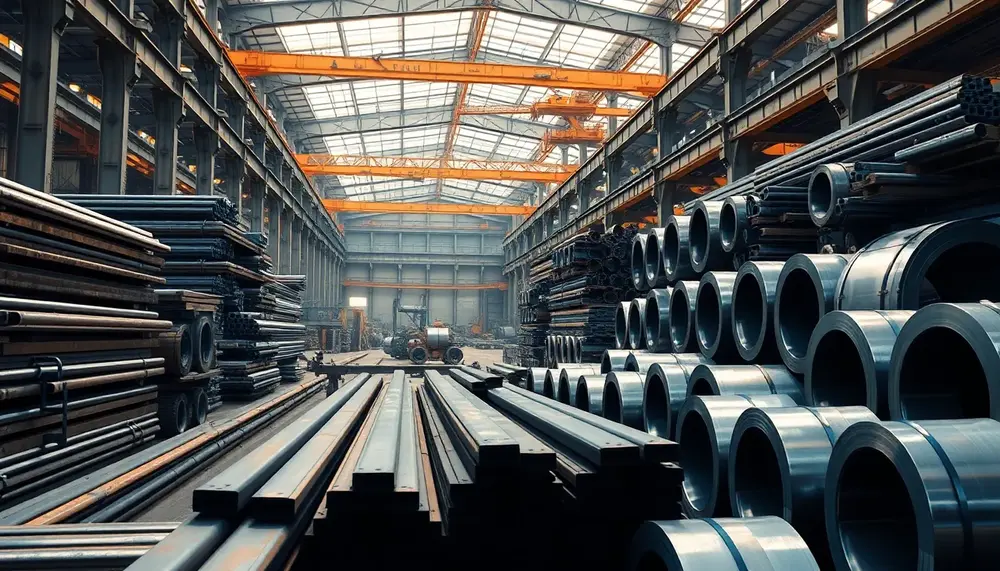
The article analyzes global steel production trends in 2023, highlighting regional differences and challenges such as supply chain disruptions. It examines the contrasting growth patterns across continents like Africa's rise due to infrastructure investments and Asia's decline influenced by China's...
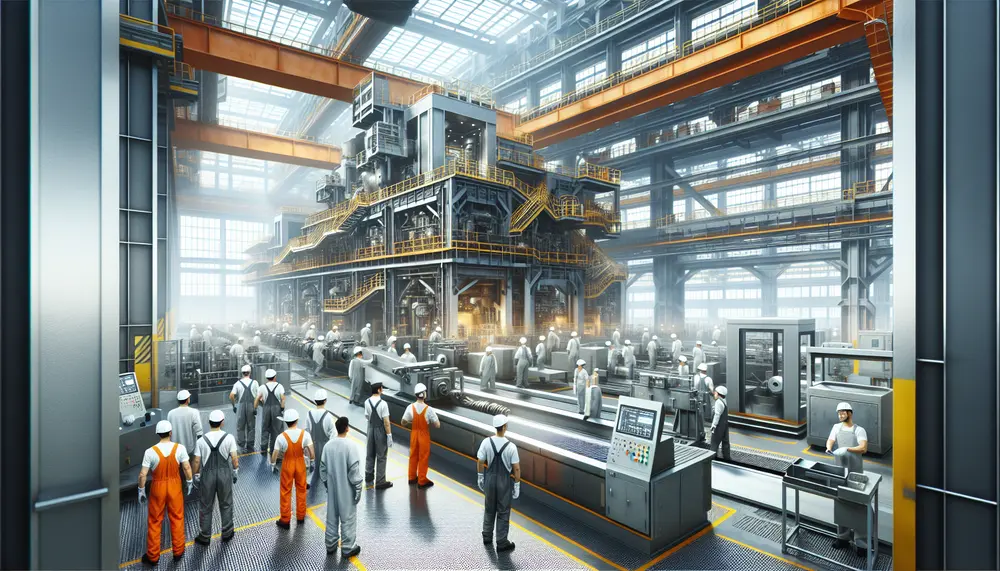
The article discusses the significant environmental challenges of steelmaking, such as high CO2 emissions and energy consumption, and explores innovative solutions like the EPIXC Project's hydrogen-arc plasma technology. It also highlights the importance of recycling in reducing steel production's carbon...
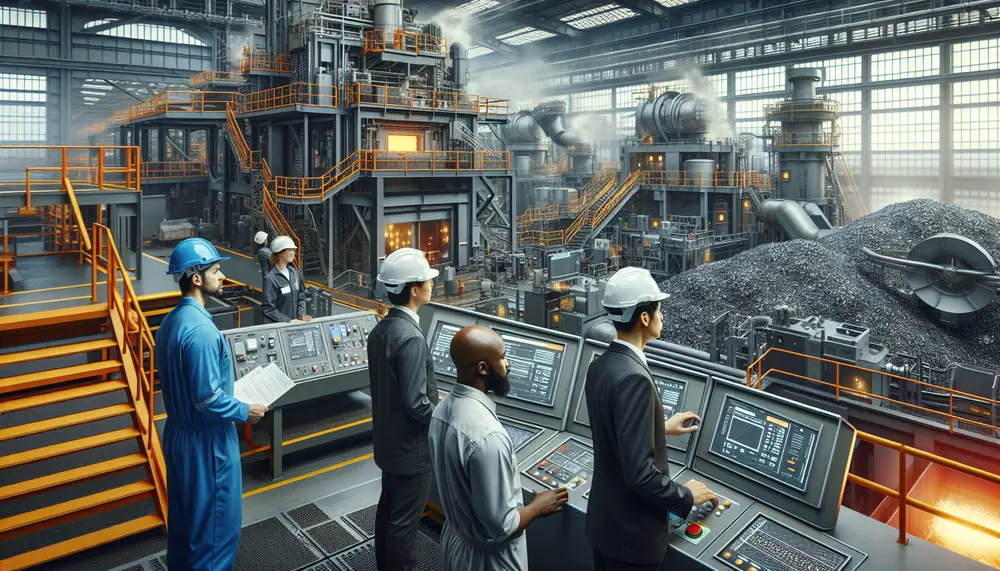
Steelmaking waste, primarily consisting of slag, dust, and sludges from iron and steel production processes, poses significant environmental risks such as groundwater contamination and ecosystem degradation if not managed properly. However, innovative recycling techniques like using slag in concrete or...
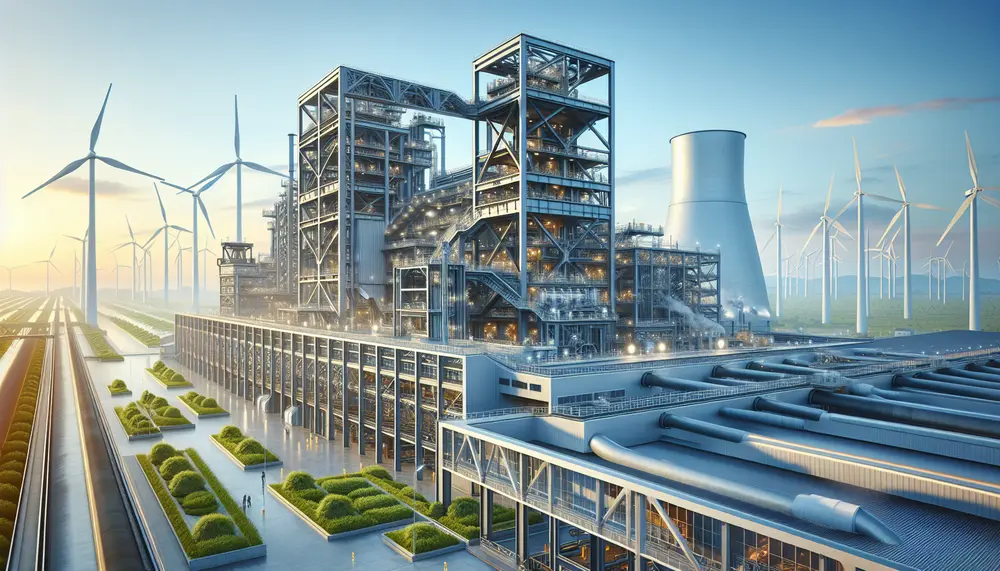
Steelmaking without coal, utilizing electricity and hydrogen from renewable sources, offers a sustainable alternative to traditional methods by reducing carbon emissions. The shift towards green steel production is driven by innovations like electric arc furnaces and low-carbon materials, with industry...
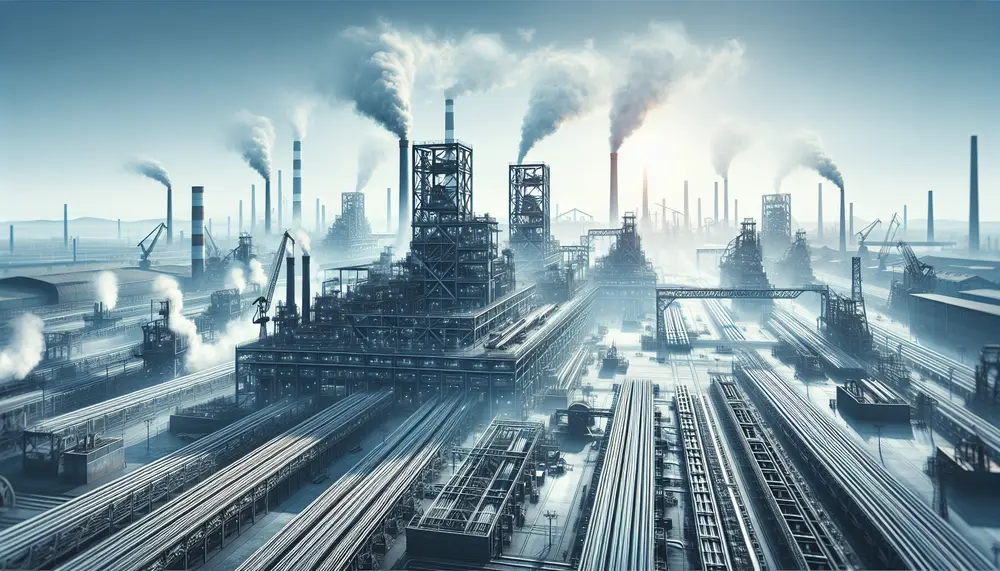
Steel production in the United States varies by state, reflecting unique resources, workforce skills, and industrial strategies; key states like Indiana, Pennsylvania, Texas, and Ohio lead due to factors such as natural resource availability and technological innovation. Mini-mills have revolutionized...
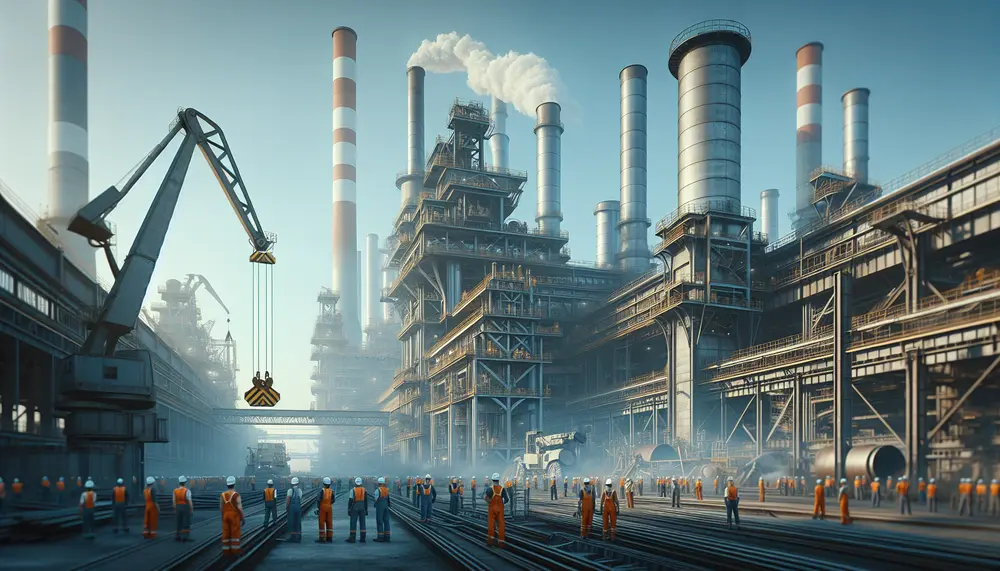
The article discusses the state-wise analysis of steel production, highlighting how factors like resources, infrastructure, and policies influence each state's output. It emphasizes that such an overview provides insights into economic development patterns and helps stakeholders make informed decisions regarding...
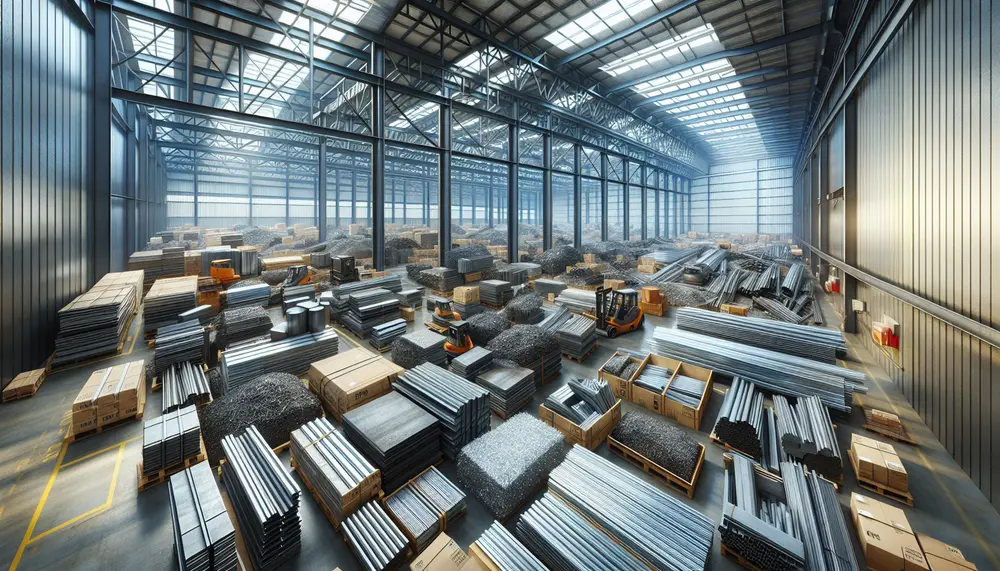
Used steel products hold significant value due to their recyclability and energy savings when repurposed, with the industry recognizing this potential for economic and environmental benefits. The lifecycle of steel demonstrates its durability and endless recyclability, emphasizing the importance of...
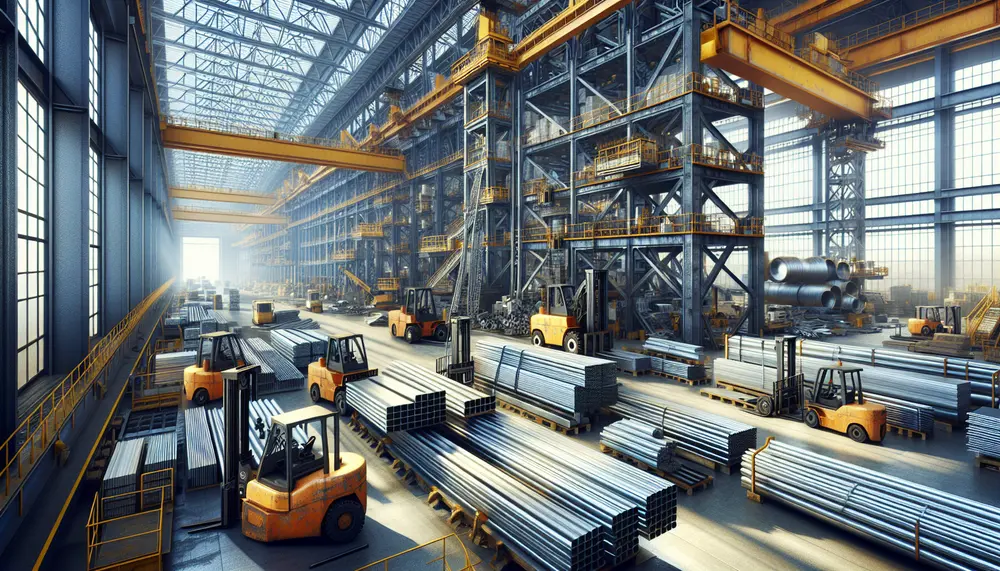
The history of steel production in the US reflects its industrial growth and economic changes, starting with the Bessemer process and evolving through innovation to become a global leader. However, challenges like overseas competition, outdated mills, alternative materials, environmental regulations,...

